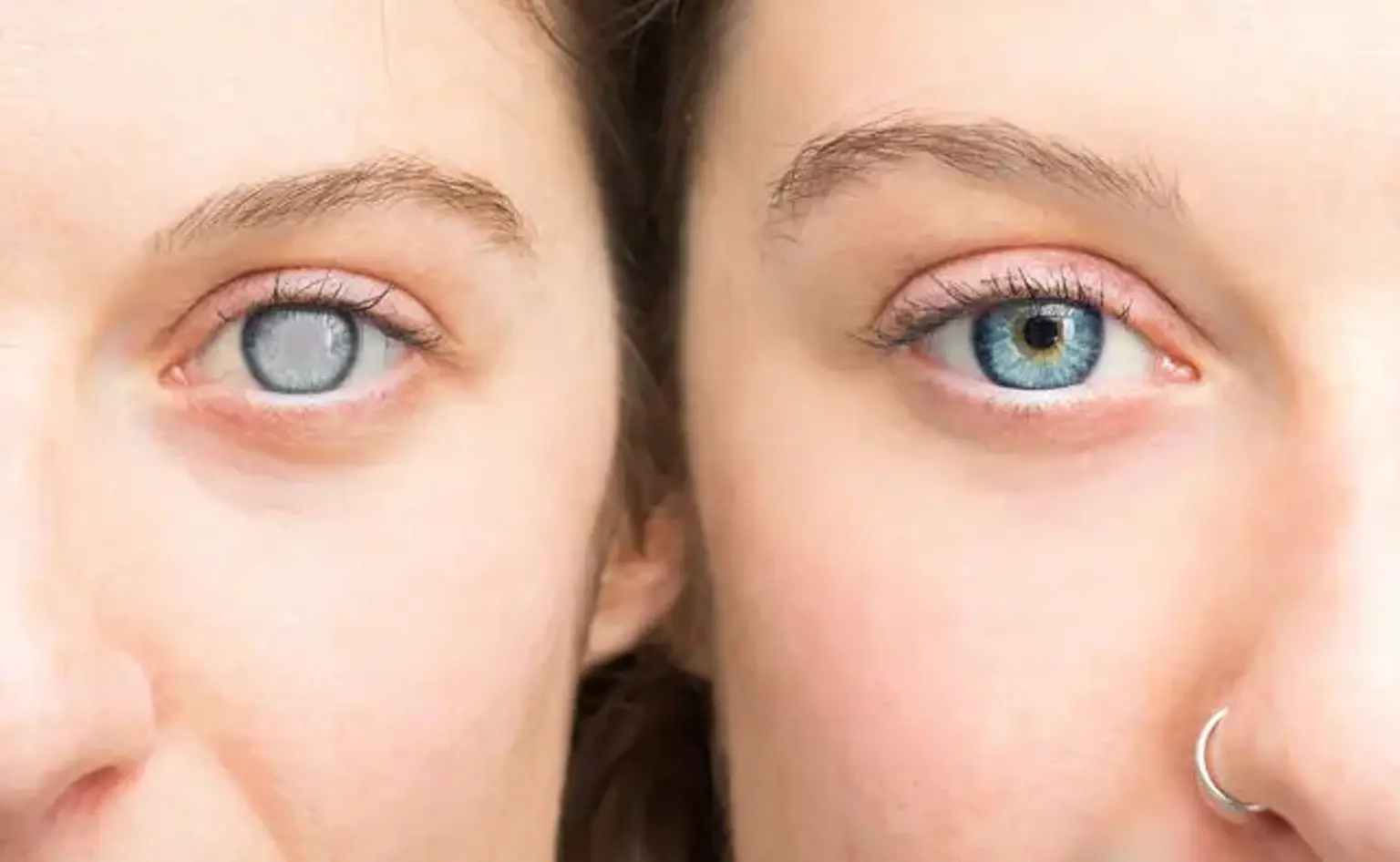Glaucoma
Overview
Glaucoma is the second greatest cause of irreversible blindness in the United States, and it primarily affects older persons. Adult glaucoma is classified into four types: primary open-angle and angle-closure glaucoma, secondary open-angle and angle-closure glaucoma.
The most frequent kind in the United States is primary open-angle glaucoma (POAG). Glaucoma is described as an acquired loss of retinal ganglion cells and axons inside the optic nerve, also known as optic neuropathy, which causes a distinctive optic nerve head appearance and a gradual loss of vision. This pattern of peripheral vision loss can also be used to differentiate it from other types of vision loss.
Unless evidence of early glaucoma are detected during a regular eye exam, the patient with POAG is frequently asymptomatic until the optic nerve damage is severe. Acute angle-closure glaucoma, on the other hand, can appear unexpectedly and cause a more rapid deterioration in vision, as well as corneal edema, eye discomfort, headache, nausea, and emesis.
